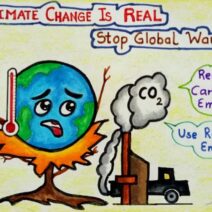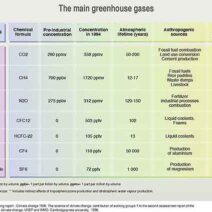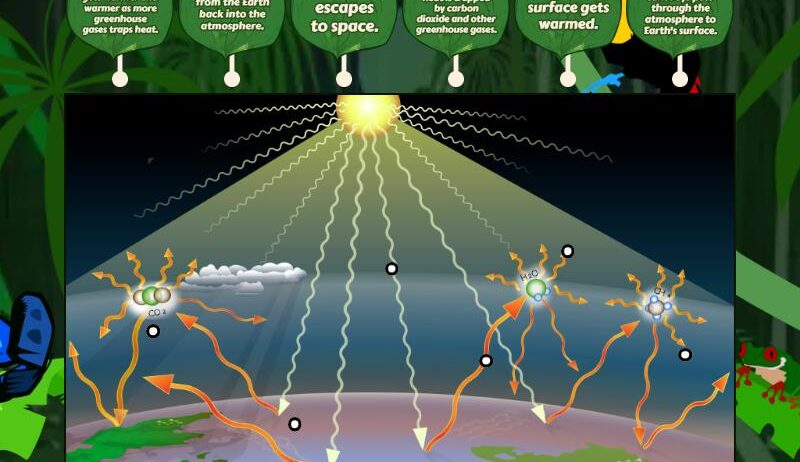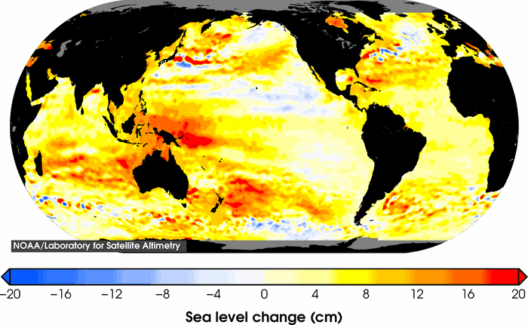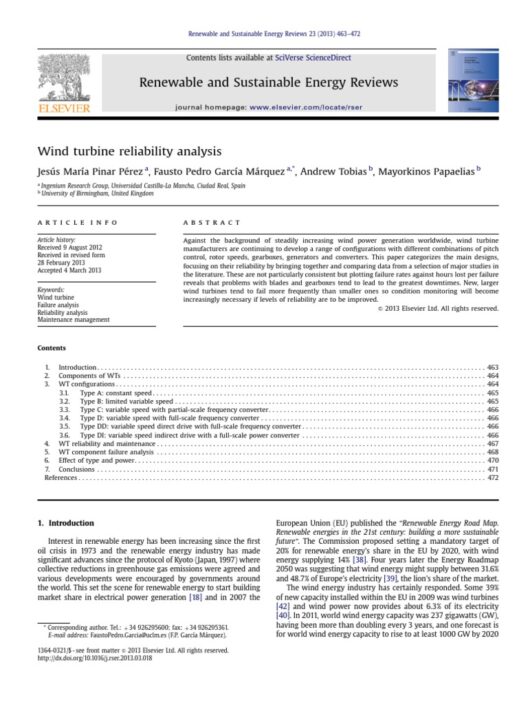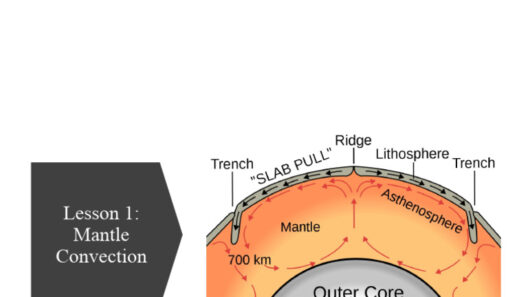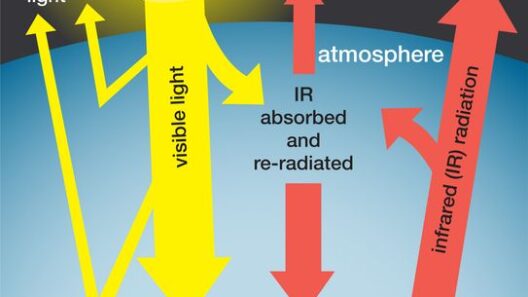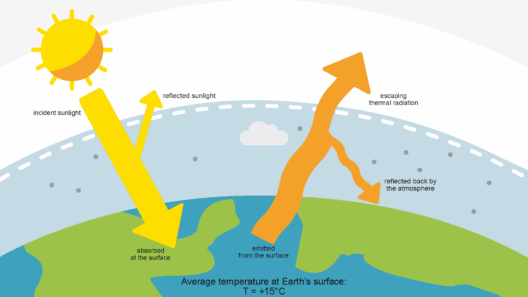The concept of the greenhouse effect is often misunderstood, yet it plays a pivotal role in the Earth’s climatic processes. Understanding this phenomenon fosters a deeper appreciation for our planet’s delicate balance and can spur more conscientious stewardship of our environment.
The greenhouse effect refers to the process by which certain gases in the Earth’s atmosphere trap heat, thus preventing it from escaping back into space. This natural occurrence keeps our planet warm enough to sustain life. However, the burgeoning concentration of greenhouse gases, largely a consequence of human activities, raises critical concerns about climate change. So, what exactly constitutes the greenhouse effect, and why should we care?
To comprehend the greenhouse effect, we must first delve into the key elements that facilitate this important mechanism.
Understanding the Solar Influence
The Sun, our closest star, emits energy in the form of sunlight, the primary driver of the Earth’s climate system. Solar radiation travels through the vacuum of space and reaches Earth, with some of it being absorbed by the surface and warming the planet. This energy is subsequently re-emitted in the form of infrared radiation. However, not all of this radiation escapes back into space; this is where greenhouse gases come into play.
The Earth’s atmosphere is composed of various gases, including nitrogen, oxygen, carbon dioxide (CO2), methane (CH4), and water vapor (H2O). Of these, carbon dioxide and methane are of particular importance due to their heat-trapping capabilities. When the infrared radiation is released, these gases absorb a significant portion of it, preventing it from dissipating into the cosmic expanse. This absorption and re-emission process is crucial; without it, Earth would be inhospitably frigid, with mean temperatures plummeting to an unsustainable average.
The Culprit Gases: A Closer Look
Sad but true, the very gases that protect us also present the greatest threat to our stability. While naturally occurring greenhouse gases are vital for sustaining life, human activities have drastically infused additional quantities into the atmosphere, exacerbating the problem.
Carbon dioxide, primarily emitted from fossil fuel combustion, industrial processes, and deforestation, stands as the most prevalent greenhouse gas. Its increasing concentration is directly correlated with human activity, and it is responsible for approximately three-quarters of the climate change problem. Methane, although less abundant, possesses a heat-trapping capability that is dozens of times more potent than carbon dioxide over a century. This gas primarily emanates from livestock digestion, rice cultivation, and the decay of organic waste in landfills.
Other significant gases, like nitrous oxide and fluorinated substances, contribute to the severity of climate change. Though less well-known, these chemicals can have lingering effects that last for decades, if not centuries.
The Consequences of an Enhanced Greenhouse Effect
The consequences of an intensified greenhouse effect are far-reaching and alarming. As the global average temperature rises, we encounter the harrowing realization that our ecosystems are in jeopardy. Increased temperatures facilitate the melting of polar ice caps and glaciers, contributing to rising sea levels. Coastal regions are particularly vulnerable, with the potential for catastrophic flooding and loss of habitat.
Add to this the increased frequency of extreme weather events; droughts, hurricanes, and heatwaves are becoming more common and more severe. These phenomena not only disrupt human life but also threaten biodiversity as species struggle to adapt to rapid environmental changes.
Moreover, the impacts on agriculture can be profound, as temperature fluctuations and alterations in precipitation patterns disrupt growing seasons and threaten food security globally. The interaction between climate change and food systems engendered by the greenhouse effect invites a multitude of challenges we must earnestly address.
Shifting Perspectives: Hope Amidst Crisis
Despite the dire implications presented by the greenhouse effect, there exists a flicker of hope. The conversation around climate change has garnered attention like never before, transcending geographical and political boundaries. Individuals, communities, and nations are increasingly advocating for sustainable practices and renewable energy alternatives.
Innovative technologies, such as carbon capture and storage (CCS), present promising avenues for mitigating the adverse effects of greenhouse gases. Furthermore, reforestation and regenerative agricultural methods offer pathways to enhance carbon sequestration—removing CO2 from the atmosphere and sequestering it in biomass and soil. These methods do not just provide nature with a way to recover; they can also improve local economies and community resilience.
It is imperative to engage in open dialogues about the greenhouse effect and to inspire proactive measures. When we arm ourselves with knowledge, we invigorate our capacity to make informed decisions that will not only impact our generation but will define the legacy we leave for our descendants.
In conclusion, the greenhouse effect is intrinsic to the Earth’s temperature regulation, yet human-driven changes to atmospheric gas concentrations threaten its delicate balance. Acknowledging the influence of greenhouse gases is essential for understanding the complex interplay between our actions and their broader environmental consequences. Through education and proactive measures, we can redefine our approach to climate change and foster a sustainable future for all. Igniting curiosity around this subject may just catalyze the transformation we desperately need—a promise of a brighter tomorrow, anchored in environmental stewardship.

